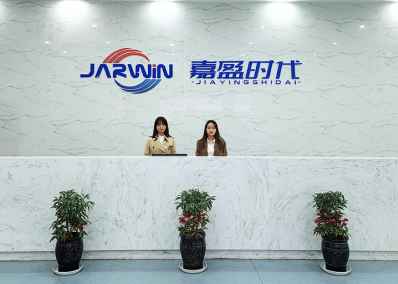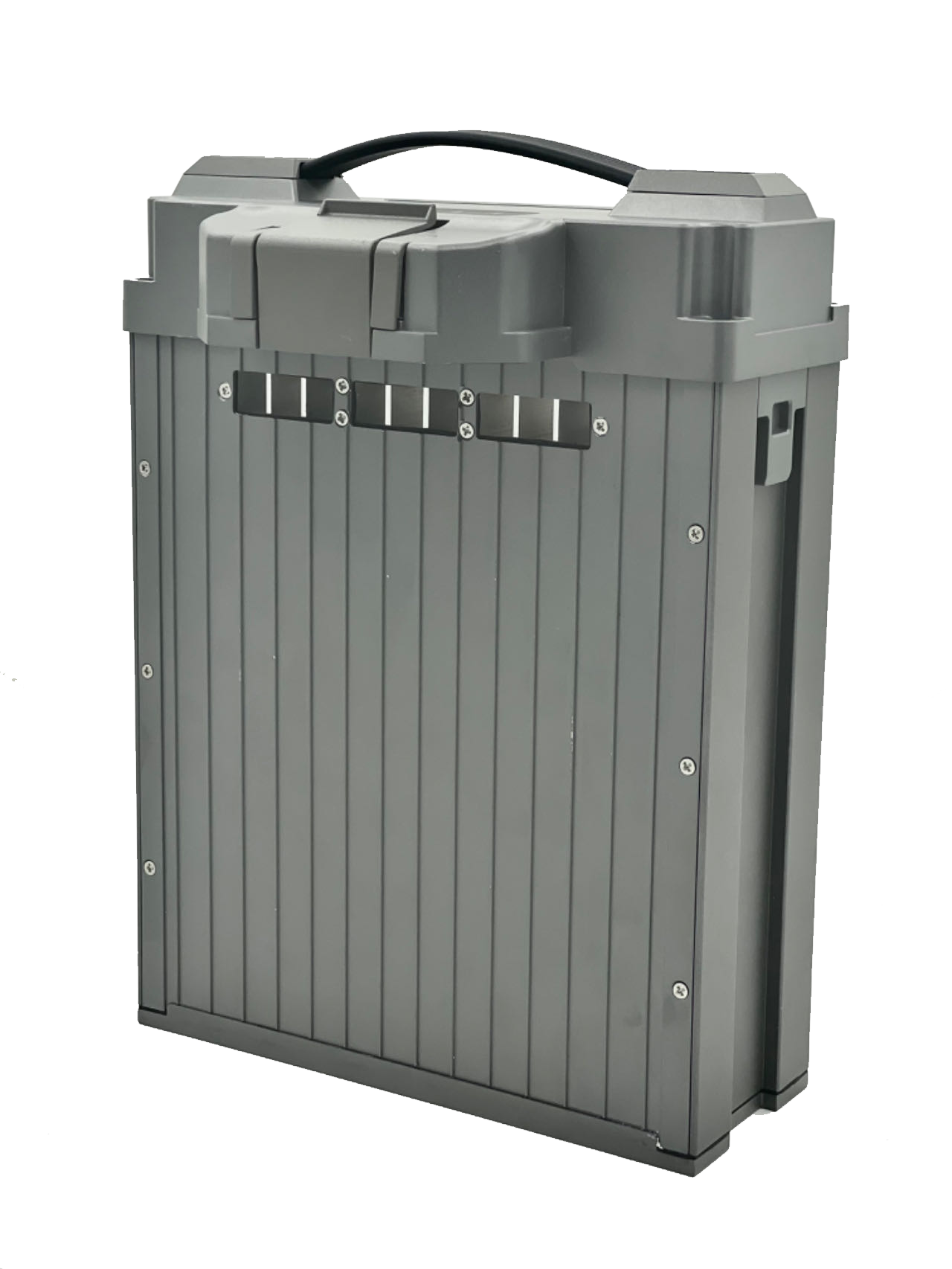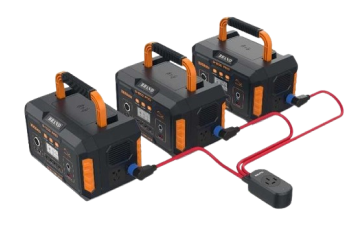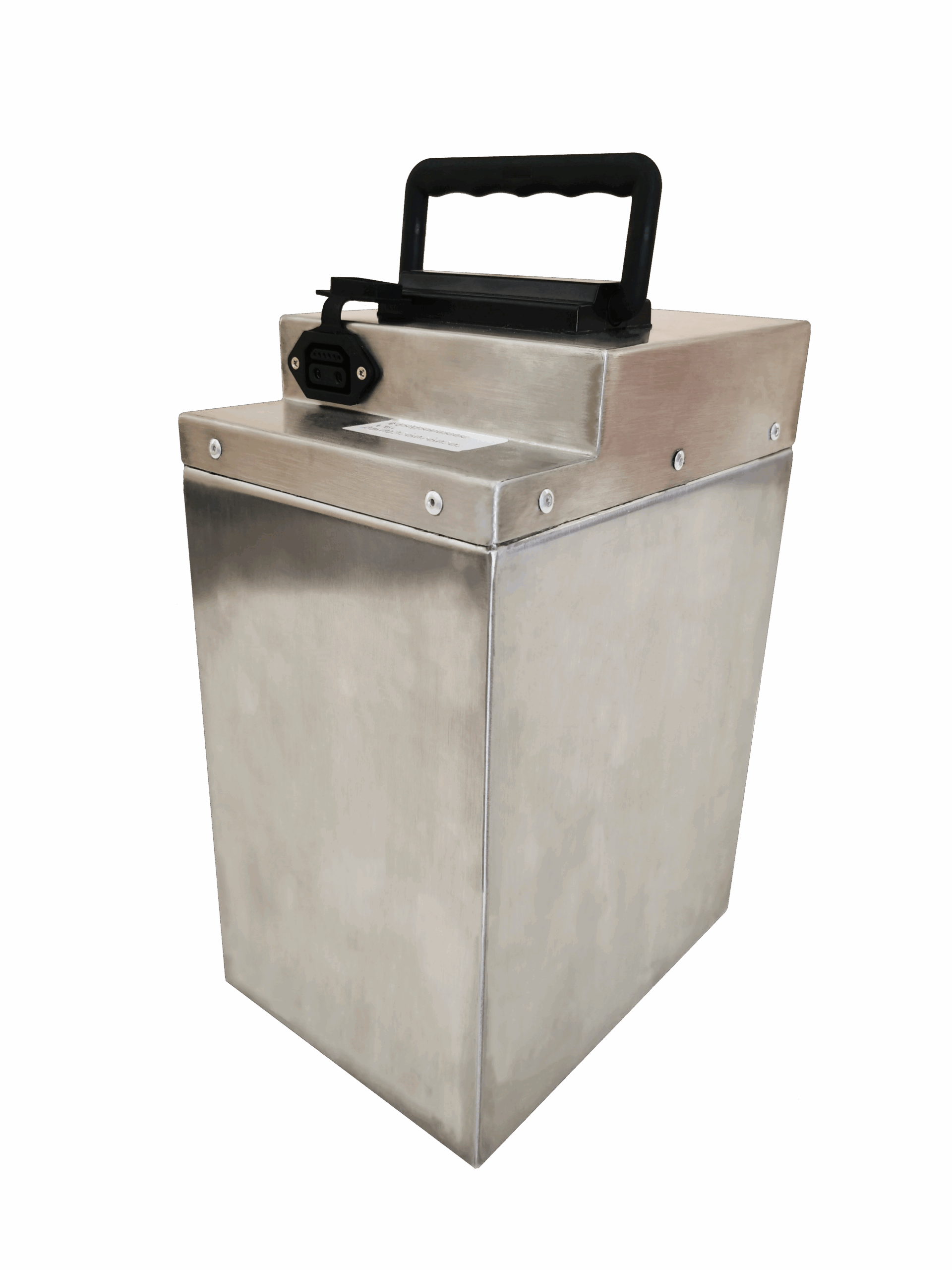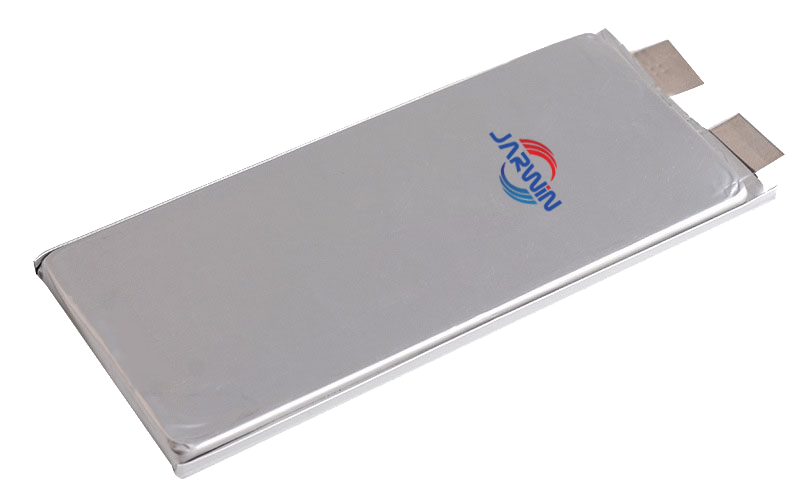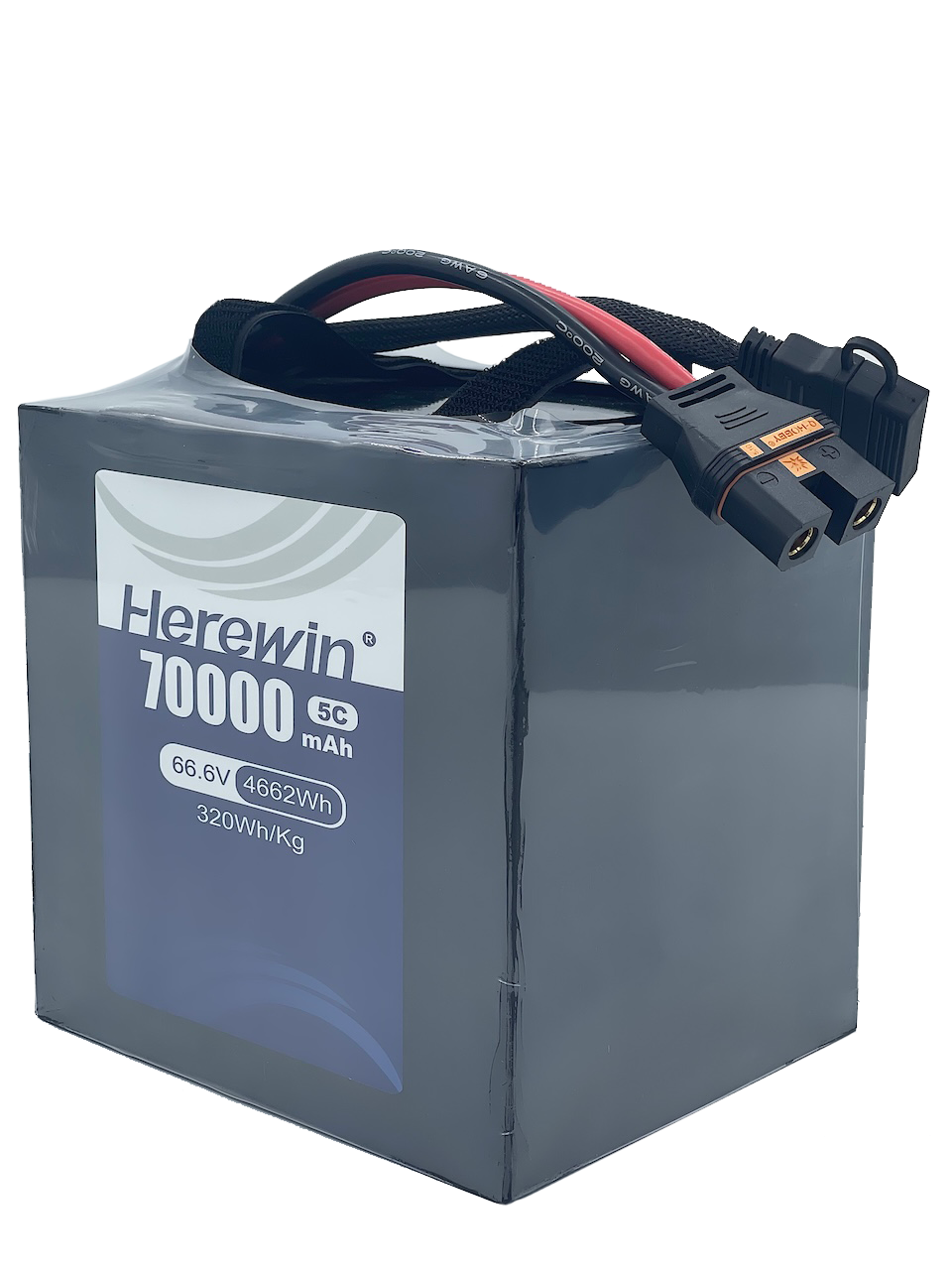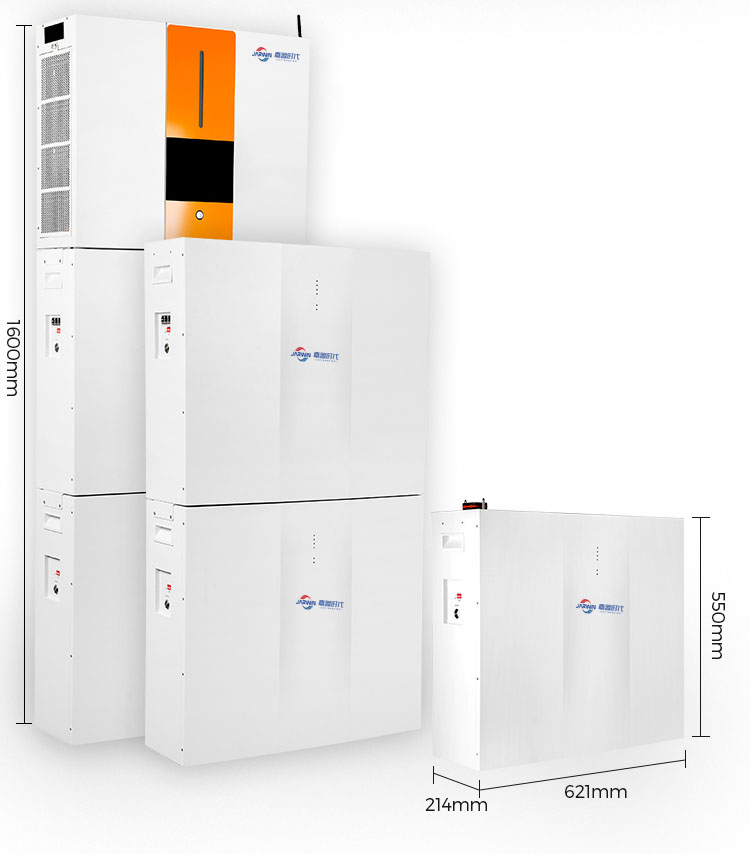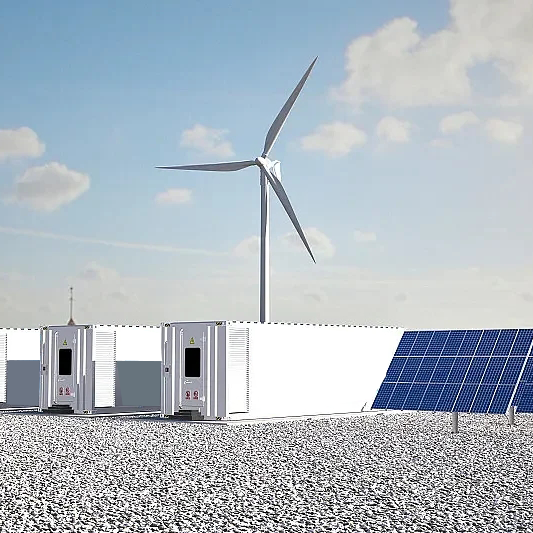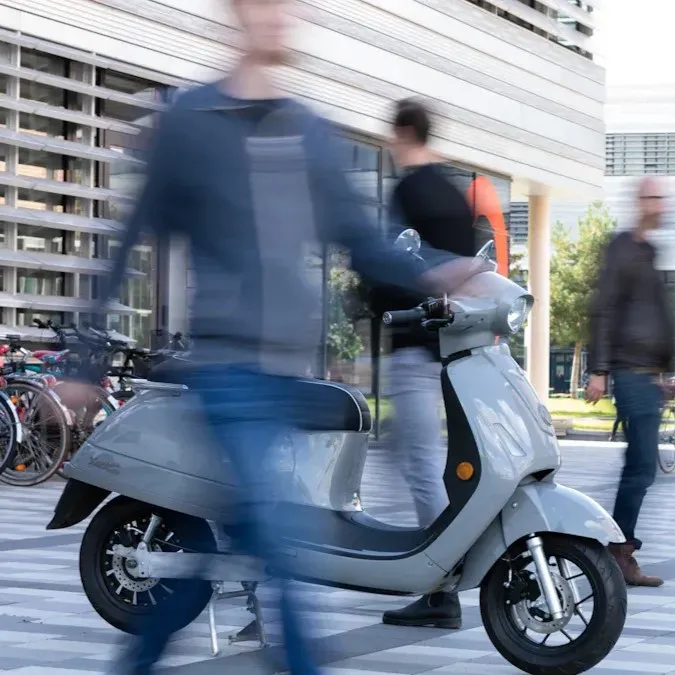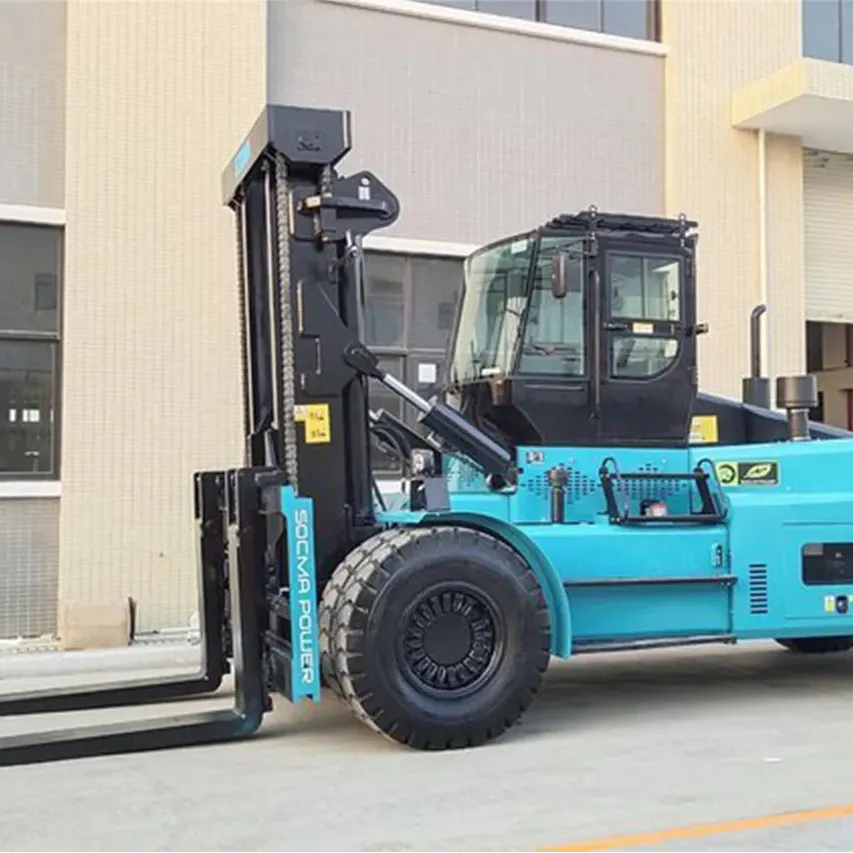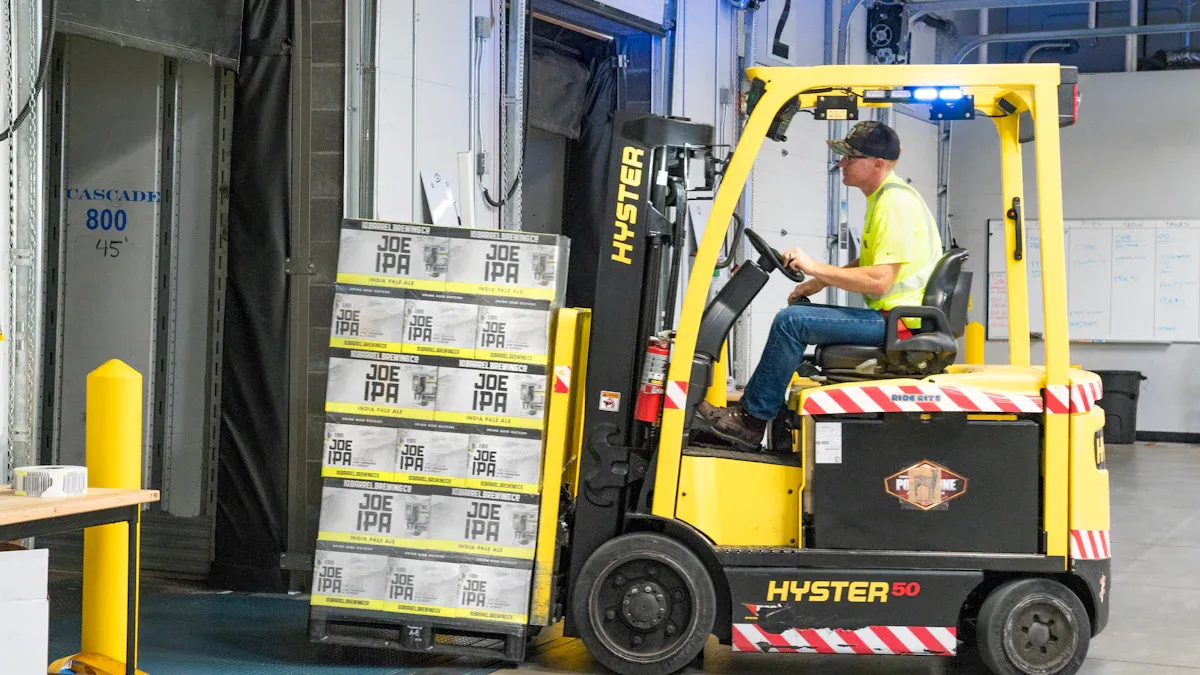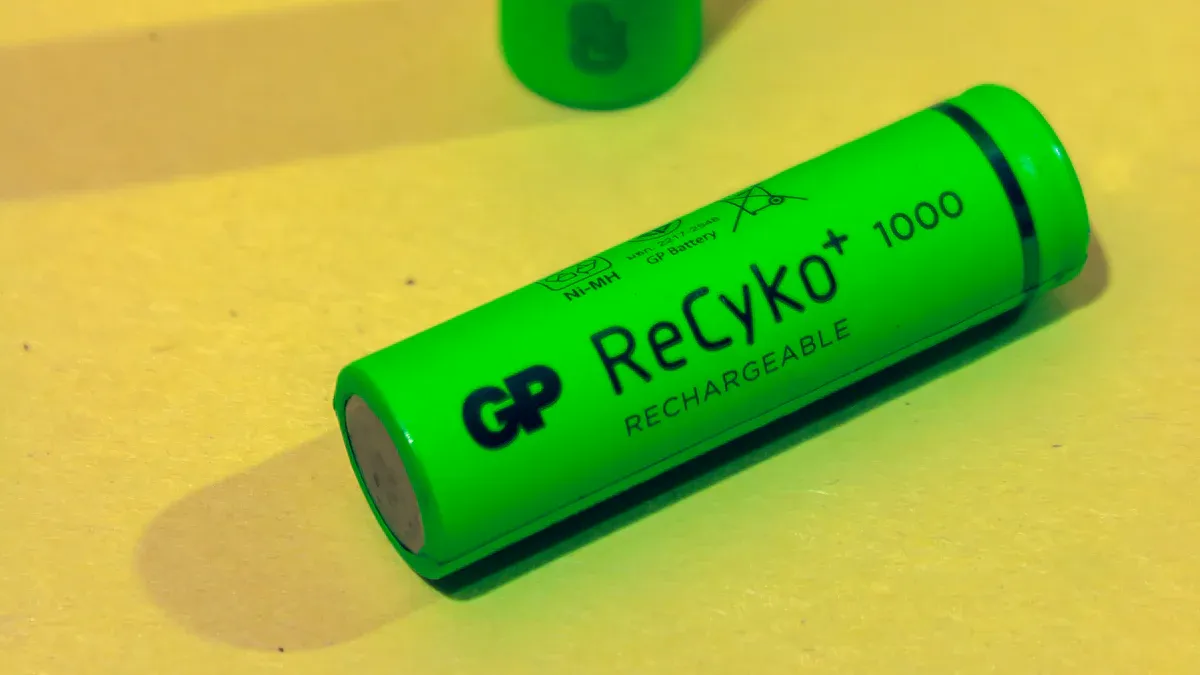
Comparing Semi-solid and Traditional Lithium Batteries
Explore key differences between semi-solid and traditional lithium batteries.
|
Caractéristiques |
半固态电池 |
传统锂电池 |
|---|---|---|
|
Electrolyte type |
Gel or thick liquid electrolyte |
Liquid electrolyte |
|
Lower fire risk, safer under heat |
Higher fire risk, prone to leaks |
|
|
Energy density |
300-500 Wh/kg, higher energy storage |
150-250 Wh/kg, standard energy storage |
|
Cycle life |
Up to 3000 charge cycles |
About 500-1500 charge cycles |
|
Faster charging due to gel electrolyte |
Slower charging with liquid electrolyte |
|
|
Coût |
Currently higher, expected to decrease |
Lower cost, mature technology |
|
Manufacturing complexity |
Easier than solid-state, uses existing tools |
Simple, well-established process |
|
Technology maturity |
Emerging, growing market presence |
Mature, widely used globally |
When you want a safer and better battery for electric cars, the Semi-solid battery is a good choice. It lasts longer, stores more energy, and is safer than traditional lithium batteries. The main difference comes from the special structure and materials in each battery. Herewin is a top company making Semi-solid batteries. They give you good performance and help with new energy ideas.
Principaux enseignements
-
Semi-solid batteries are safer than traditional lithium-ion batteries. They use a gel electrolyte. This gel lowers the chance of fire. It also deals with heat better.
-
Semi-solid batteries can store about twice as much energy. They last longer too. Many can work for up to 3,000 charge cycles. This makes them good for longer use.
-
Ces piles charge faster than lithium-ion batteries. This saves you time. You can use your devices or vehicles sooner.
-
Right now, semi-solid batteries cost more. But prices should go down soon. More companies are making them. Technology is also getting better.
-
The battery market is moving toward semi-solid batteries. They are safer and last longer. They also hold more energy. This is great for electric vehicles and new devices.
Semi-solid battery
Definition
A semi-solid state battery is like a mix of two types. It combines a solid-state battery and a traditional lithium battery. Scientists say it uses both solid and liquid electrolytes. The liquid part is small, about 10-15% of the battery’s weight. This liquid helps ions move fast and keeps the battery steady. The solid part makes the battery safer and lets it hold more energy. Semi-solid state batteries use many of the same materials as regular lithium-ion batteries. This makes it easier to make more of them than all-solid-state batteries.
Core features
Semi-solid state batteries have some special things about them. Here is a table that shows their main technical points:
|
Technical Feature |
Semi-Solid Batteries Characteristics |
|---|---|
|
Type d'électrolyte |
|
|
Ionic Conductivity |
More than solid, less than liquid electrolytes |
|
Interface Stability |
Easier to keep stable than solid-state batteries |
|
Manufacturing Process |
Easier and can make more than solid-state batteries |
|
Sécurité |
Very safe, better than regular lithium-ion batteries |
|
Densité énergétique |
High, a bit better than liquid battery |
|
Coût |
Cheaper than solid-state, but more than liquid battery |
Tip: If you want a battery that is safer and holds more energy than a regular lithium-ion battery, a semi-solid battery is a great pick.
How it works
Semi-solid state batteries work in a different way than regular lithium batteries. In a normal lithium-ion battery, the electrolyte is a liquid that fills the whole cell. In a semi-solid state battery, there is a gel or thick liquid. This acts as both the separator and the electrolyte. This design helps stop short circuits and makes the battery safer. The anode often uses pure lithium metal. This saves space and gives more energy in the same size. When charging, lithium ions move through the gel and make a layer on the anode. This helps the battery hold more energy and stay safe. You can find semi-solid state batteries in electric cars and energy storage systems. They are used because they are safe, work well, and are easy to make.
Traditional lithium battery
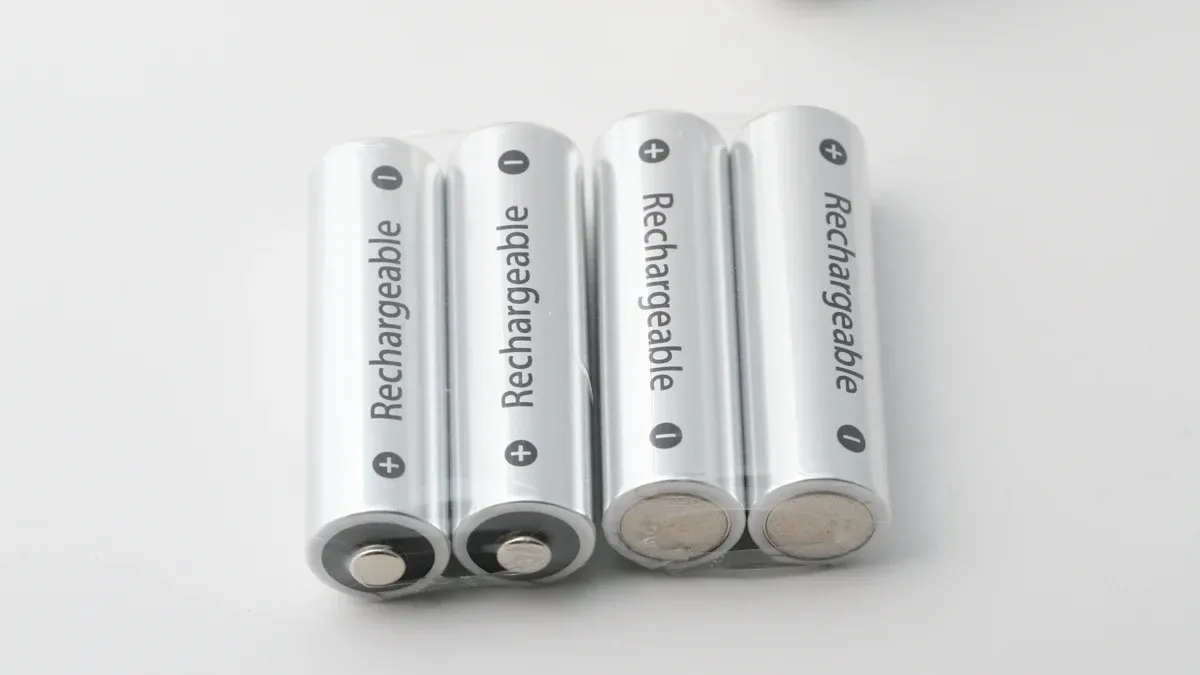
Definition
Les lithium-ion battery is used in many things. You can find it in phones, laptops, and electric cars. It has a liquid electrolyte that moves lithium ions inside. This battery has been around for a long time. It works well and is trusted by many people. That is why it is called the standard for portable energy storage.
Core features
There are some reasons why lithium-ion batteries are popular.
-
Different chemistries like NCA, NMC, and LiFePO4 change how much energy it stores, how long it lasts, and how safe it is.
-
Some new cells hold more energy, but they may not last as long because they are more fragile.
-
Charging too fast or in cold weather can make the battery wear out faster and be less safe.
-
Do not charge a lithium-ion battery if it is colder than 0°C. Some brands let you charge slowly down to -10°C, but this is not common.
-
Les battery management system, or BMS, checks the battery’s voltage and temperature to keep it safe. A good BMS helps stop overheating and fires.
-
Battery failures do not happen often, but if they do, they can cause thermal runaway, which is very dangerous.
-
Batteries are safer now, but there are still risks, especially in tough conditions.
Note: How you use and charge your lithium-ion battery changes how safe it is and how long it lasts. Always follow the rules from the company that made it.
How it works
A lithium-ion battery moves lithium ions between the anode and cathode. It uses a liquid electrolyte to do this. When you use the battery, ions go from the anode to the cathode. This makes free electrons. The electrons move through your device and give it power. When you charge the battery, the ions go back to the anode. The battery has an anode, cathode, separator, electrolyte, and current collectors. The separator lets ions move but stops electrons inside the battery. This makes the electrons go through your device instead. This design helps the battery store and give out energy well. Lithium-ion batteries are simpler than semi-solid batteries. They have been used in many products for a long time.
Key differences
Electrolyte type
The first big difference is in the electrolyte. Lithium-ion batteries use a liquid electrolyte. This liquid helps lithium ions move inside the battery. Semi-solid state batteries use a thick gel or paste. The gel is not fully solid, but it is thicker than a liquid. It helps ions move fast and keeps the battery steady. This design makes the battery safer and less likely to leak.
Sécurité
Safety is very important when picking a battery. You want to stop fires and explosions. Semi-solid state batteries are safer than lithium-ion batteries. Here are some key points:
-
Semi-solid batteries heat up slower if something goes wrong. This gives you more time to fix the problem.
-
They make less gas, and the gas is harder to burn.
-
Batteries au lithium-ion can make dangerous gases like hydrogen. Hydrogen can catch fire easily.
-
Semi-solid batteries are less likely to explode at normal charge levels.
Note: Even though semi-solid batteries are safer, you still need good safety designs. Both types can have problems if you do not use them right.
Energy density
Energy density means how much energy a battery can hold in a small space. If you want a battery that lasts longer, you need high energy density. Semi-solid state batteries are much better at this. Look at the table below:
|
Type de batterie |
Gravimetric Energy Density (Wh/kg) |
Volumetric Energy Density (Wh/L) |
|---|---|---|
|
Lithium-Ion Battery |
150 – 250 |
300 – 700 |
|
Semi-Solid-State Battery |
~1000 |
Semi-solid batteries can store about twice as much energy. This means you get more power without making the battery bigger. Devices and cars can run longer with the same size battery.
Lifespan
You want your battery to last many years. Semi-solid state batteries usually last longer. The gel helps protect the battery parts from damage. You can charge and use the battery more times before it gets weak. Lithium-ion batteries work well, but they lose power faster after many charges. If you want a battery that lasts, semi-solid is a good pick.
Charging speed
Charging speed matters if you do not want to wait. Semi-solid state batteries can charge faster than most lithium-ion batteries. The gel lets ions move quickly. This helps the battery take in energy fast. You spend less time charging and more time using your device.
Coût
Cost depends on the battery type and how many you buy. Lithium-ion batteries cost less because they have been made for a long time. The process is simple and cheap. Semi-solid batteries cost more right now. The new materials and designs add to the price. As more companies make them, the cost will go down.
Technology maturity
Lithium-ion batteries have been used for many years. You see them in phones, laptops, and cars. The technology is old and trusted. Semi-solid batteries use new ideas. They are closer to being made in large numbers than all-solid-state batteries. Many big companies are working on semi-solid batteries. Soon, you will see more of these batteries. They give you more energy, better safety, and last longer. The industry is working fast to make them common.
Semi-solid state battery vs solid state battery
Structure
There are big differences in how these batteries are built. A semi-solid state battery has both solid and a little liquid electrolyte. This mix helps ions move fast. It uses a diaphragm to keep the electrodes apart. About 5-10% of the battery is liquid electrolyte inside a polymer. This design lets people use some old battery tools. A solid state battery only uses a solid electrolyte. It might have a diaphragm, but not always. There is no liquid inside at all. This makes it safer but harder to make. The table below shows the main differences:
|
Fonctionnalité |
Semi-Solid State Battery |
Solid State Battery |
|---|---|---|
|
Electrolyte State |
Hybrid: solid + small liquid |
Completely solid |
|
Diaphragm Presence |
Oui |
Varies |
|
Electrolyte Amount |
0% liquid |
|
|
Conductivity Approach |
Uses liquid for better flow |
Only solid electrolyte |
|
Production Complexity |
Simpler, uses old methods |
More complex |
|
Densité énergétique |
High, but less than solid state |
Highest |
Performance
When you look at performance, both batteries do well. A semi-solid state battery has good energy density and is safe. It charges faster than many other batteries. The small bit of liquid helps ions move quickly. A solid state battery can hold even more energy. It is the safest because it has no liquid. But it might charge slower since ions move slower in solids. If you want the most energy and safety, pick a solid state battery. If you want something easier to use and faster to charge, pick a semi-solid state battery.
Tip: If you want safety, speed, and easy use, try a semi-solid state battery.
Fabrication
Making a semi-solid state battery is easier than making a solid state battery. You can use machines from regular lithium battery factories. This means you can make them faster and cheaper. A solid state battery needs new machines and special steps. This makes it harder and costs more to make. If you want a battery that is easy and cheap to make, choose a semi-solid state battery. If you need the most energy and safety, a solid state battery is best, but you may have to wait until it is cheaper and easier to make.
Solid state battery vs lithium ion
Energy and capacity
You want a battery that can hold more energy and last longer. When you compare solid state batteries and lithium-ion batteries, you see some big benefits:
-
Solid state batteries can store more energy because they use solid electrolytes and lithium metal anodes.
-
Some new solid state batteries can hold about 50% more energy than lithium-ion batteries.
-
Companies like Volkswagen and Samsung SDI have made solid state batteries that charge faster and let cars go farther.
-
Toyota is working on solid state batteries that could let a car drive up to 750 miles on one charge.
-
Solid state batteries can last for 8,000 to 10,000 charges, but lithium-ion batteries usually last for 1,500 to 2,000 charges.
Tip: If you want a battery that gives you more power and lasts longer, solid state batteries are a good choice.
Market adoption
Solid state batteries are becoming more popular, but lithium-ion batteries are still used more. Right now, solid state batteries cost about eight times more than lithium-ion batteries. This is because they need special tools and steps to make. Most solid state batteries are still being tested in small amounts. In 2024, the market for solid state batteries was worth $2.04 billion. It is growing fast, especially in Asia-Pacific countries like China, Japan, and South Korea. Big companies are spending money to make better solid state batteries and want to start making more after 2025. For now, most products use lithium-ion batteries because they are cheaper and easier to make. Solid state batteries are getting more popular, especially for electric cars and things that need to be safer and last longer.
Applications
Consumer electronics
You use batteries in your phone, tablet, and laptop every day. Most of these devices use traditional lithium batteries. These batteries are small and light. They are easy to recharge. People trust them because they have worked for a long time. Some new devices use better batteries for longer life and safety. If you want your phone to last longer, new battery types may help soon. Semi-solid batteries could make gadgets run longer and stay cooler.
Electric vehicles
Electric vehicles need batteries that are strong and safe. They also need to last a long time. Most electric vehicles today use lithium-ion batteries. These batteries give good range and charge fast. They are not too expensive for most people. Some electric vehicles now use new battery types for more safety and energy. Semi-solid batteries can store more energy in the same space. This lets you drive farther on one charge. They also make cars and buses safer. As more companies use semi-solid batteries, electric vehicles will charge faster and last longer.
Tip: If you want an electric vehicle with better range and safety, look for models with new battery technology.
Aerospace and industry
In aerospace and industry, weight and safety are very important. You need batteries that are light but powerful. The table below shows how each battery type fits these needs:
|
Type de batterie |
Key Use Cases in Aerospace Sector |
Key Use Cases in Industrial Sector |
|---|---|---|
|
Semi-Solid State |
High energy density for drones and satellites; works well where weight and space are limited; high safety needed |
Great for compact, lightweight, high energy density needs; used in advanced performance equipment |
|
LiFePO4 (Traditional) |
N/A |
Used in renewable energy storage, industrial vehicles, backup power, and places where cost and durability matter |
Semi-solid batteries are used in drones and satellites because they are light and safe. In factories, traditional lithium batteries are used in backup systems and machines that run for a long time.
Herewin’s manufacturing advantage
Herewin is a leader in making semi-solid batteries. These batteries are very safe and work well. Herewin uses advanced tools to make many batteries at once. This means you can buy safer batteries for electric vehicles and other things. As more people use them, the cost goes down. If you want the newest battery technology, Herewin gives you a big advantage.
Future trends

Research and development
There are many new ideas in battery research. Scientists and engineers try to make batteries safer and better. They want batteries to last longer and store more energy. Semi-solid batteries look very promising. They mix the good parts of solid and liquid batteries. By 2028, energy density could get 15% better. This means your devices and cars will work longer before charging. Companies also want batteries to charge faster and stay cool. They look for ways to make batteries cheaper and safer. Traditional lithium batteries still get small improvements. But most big changes now come from semi-solid and solid-state batteries. You will see smarter battery management systems soon. These systems help batteries last longer and work well in many places.
Market outlook
The battery market is changing very quickly. Semi-solid batteries are growing faster than traditional lithium batteries. Here is what might happen in the next ten years:
-
The semi-solid lithium battery market could go from $5 billion in 2025 to $30 billion in 2033. This means it could grow by 25% each year.
-
More electric cars will help this growth. New rules and better technology also help.
-
You will see safer batteries, lower prices, and faster charging as main trends.
-
Asia-Pacific, especially China, will make the most batteries. By 2028, this area could make 60% of all semi-solid batteries.
-
Companies like CATL, Samsung SDI, and QuantumScape spend a lot on research. They want to fix problems like high costs and battery life.
-
Traditional lithium batteries will still be used. But they will have strong competition from new batteries. Semi-solid batteries are safer and hold more energy.
-
Solid-state batteries could be used in the future. But they are not ready for everyone yet.
If you want to know about battery technology, watch for new changes in semi-solid batteries. They could change how you use energy in cars, gadgets, and factories.
You can look at the table to see how semi-solid and lithium-ion batteries are different.
|
Aspect |
Lithium-ion |
Semi-solid-state |
|---|---|---|
|
Sécurité |
Higher fire risk |
Lower fire risk |
|
Energy |
150-250 Wh/kg |
300-500 Wh/kg |
|
Cycle de vie |
500-1500 cycles |
Up to 3000 cycles |
|
Coût |
Lower now |
Falling quickly |
Semi-solid batteries are safer and last longer than lithium-ion. They also store more energy in the same space. If you want a battery that is safer and lasts longer, pick a semi-solid battery. Herewin is a top company making these batteries for cars and factories. Experts think more people will use semi-solid batteries as electric cars get more popular.
FAQ
What makes semi-solid batteries safer than traditional lithium batteries?
Semi-solid batteries are safer for you. They use a gel electrolyte that lowers fire risk. Traditional lithium batteries have a liquid that might leak or burn. Semi-solid batteries can handle heat and damage better than the old kind.
Which battery lasts longer: semi-solid or traditional lithium?
Semi-solid batteries last longer than traditional ones. They can work for up to 3,000 cycles. Traditional lithium batteries usually last about 1,500 cycles. You will not need to replace semi-solid batteries as often.
Are semi-solid batteries more expensive than lithium-ion batteries?
Semi-solid batteries cost more at this time. The technology is still new. When more companies make them, prices will go down. Traditional lithium batteries are cheaper for most things right now.
Which battery charges faster?
Semi-solid batteries charge faster than traditional lithium batteries. The gel electrolyte helps ions move quickly. Traditional lithium batteries charge slower because the liquid slows them down.

